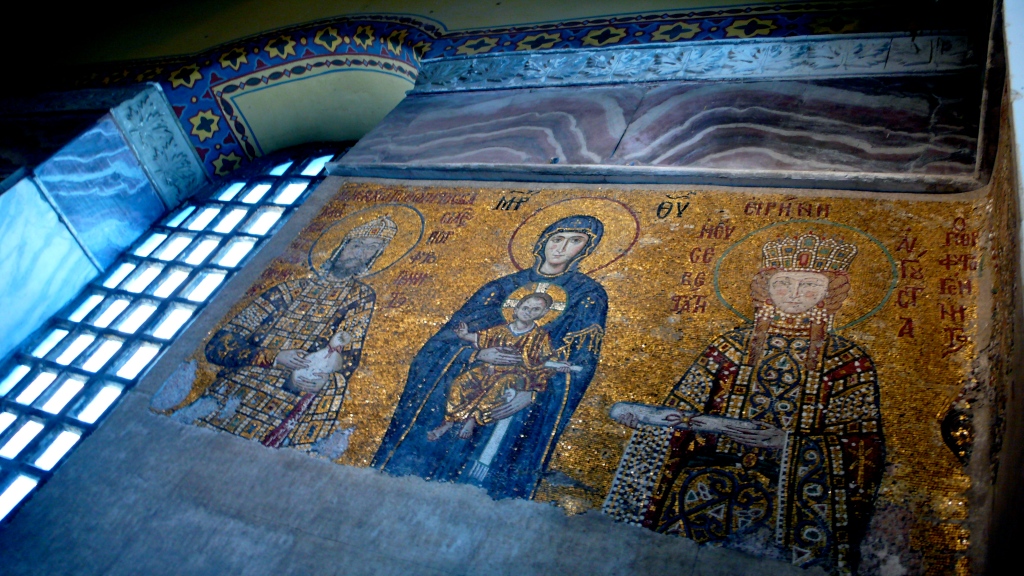Hagia Sophia is one of my favorite structures in the world. A chunky, imposing cathedral-turned-mosque-turned-public-museum, flanked with four rocket-like minarets, a bulky beacon doused in faded hues of pink and salmon, the famous building shares the same lush Istanbul peninsula as the nearly-as-glorious Blue Mosque. Almost amazingly, the edifices sit directly across a palm-lined park from each other, a spiritual and architectural bonanza.
So it’s with slack-jawed dismay that I read this about the treasure in today’s newspaper:
“President Recep Tayyip Erdogan issued a decree ordering Hagia Sophia to be opened for Muslim prayers, an action likely to provoke international furor around a World Heritage Site cherished by Christians and Muslims alike for its religious significance, stunning structure and as a symbol of conquest.
“The presidential decree came minutes after a Turkish court announced that it had revoked Hagia Sophia’s status as a museum, which for the last 80 years had made it a monument of relative harmony and a symbol of the secularism that was part of the foundation of the modern Turkish state.”
Erdogan, on an Islamist tear, is, like another aspiring authoritarian, a crackpot. And today’s move on Hagia Sophia is culturally criminal.
More from the article:
“Built in the sixth century as a cathedral, Hagia Sophia stands as the greatest example of Byzantine Christian architecture in the world. But it has been a source of Christian-Muslim rivalry, having stood at the center of Christendom for nearly a millennium and then, after being conquered, of the Muslim Ottoman Empire, when it was last used as a mosque.”
Below are some of my photographic memories of the holy site, aka Ayasofya, where you can see the exotic marriage of Islam and Christianity, including walls of crumbled majesty, their layers peeled back to reveal vibrant Christian frescoes and mosaics from 537 AD, as well as gigantic round panels emblazoned with Arabic script perched from atop the basilica. For years, it was the world’s largest interior space. It is spellbinding.









